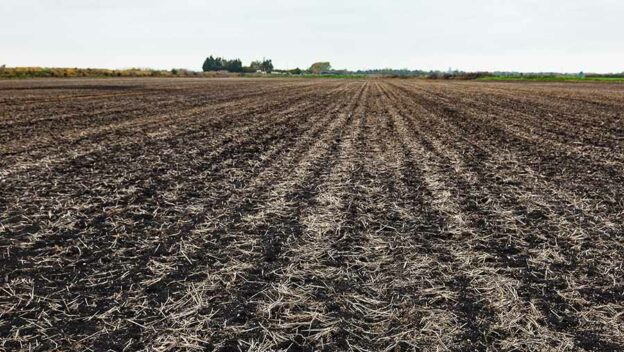The problem surely occurs to every reader of the first Rashi in parshas Behar. The Rabban shel Yisrael, quoting a Midrash, recounts the famous question, “What does shemita have to do with Har Sinai?”
The reference, of course, is to the Torah’s introducing the mitzvah of letting fields lie fallow every seventh year as what “Hashem spoke to Moshe on Har Sinai.”
The Midrash’s answer is that the Torah means to teach us that “just as with shemitah, its general principles and its finer details were all stated at Sinai, likewise, all [mitzvos were similarly stated and elaborated upon].”
The problem: The answer seems to not address the question. Why, though, of all mitzvos, is the point made specifically with shmita?
It is brought in the name of the Chasam Sofer that shmita is chosen because it establishes, to the frustration of the scoffer who contends that the Torah isn’t in fact from Hashem, that it is.
Because, logically, shmita is a self-defeating law. Enjoining the Jews in the Holy Land to let all their fields lie fallow every seventh year (and at the end of 49 years, two years in a row) is an assured recipe for economic disaster. No human lawmaker would be cruel or dim enough to lay down such a law – only a Legislator Who could in fact ensure, as Hashem does, that the sixth year crops will be sufficiently abundant to carry the populace through could decree such a law.
Thus, says the Chasam Sofer, shmita’s having been divinely commanded at Sinai isn’t merely part of our tradition (a powerful enough status in its own right) but, in its very essence, an indication of its source in the divine.
And so, “just as with shemita” – which law telegraphs its source in Hashem – likewise all mitzvos are sourced in Him.
© 2023 Rabbi Avi Shafran
